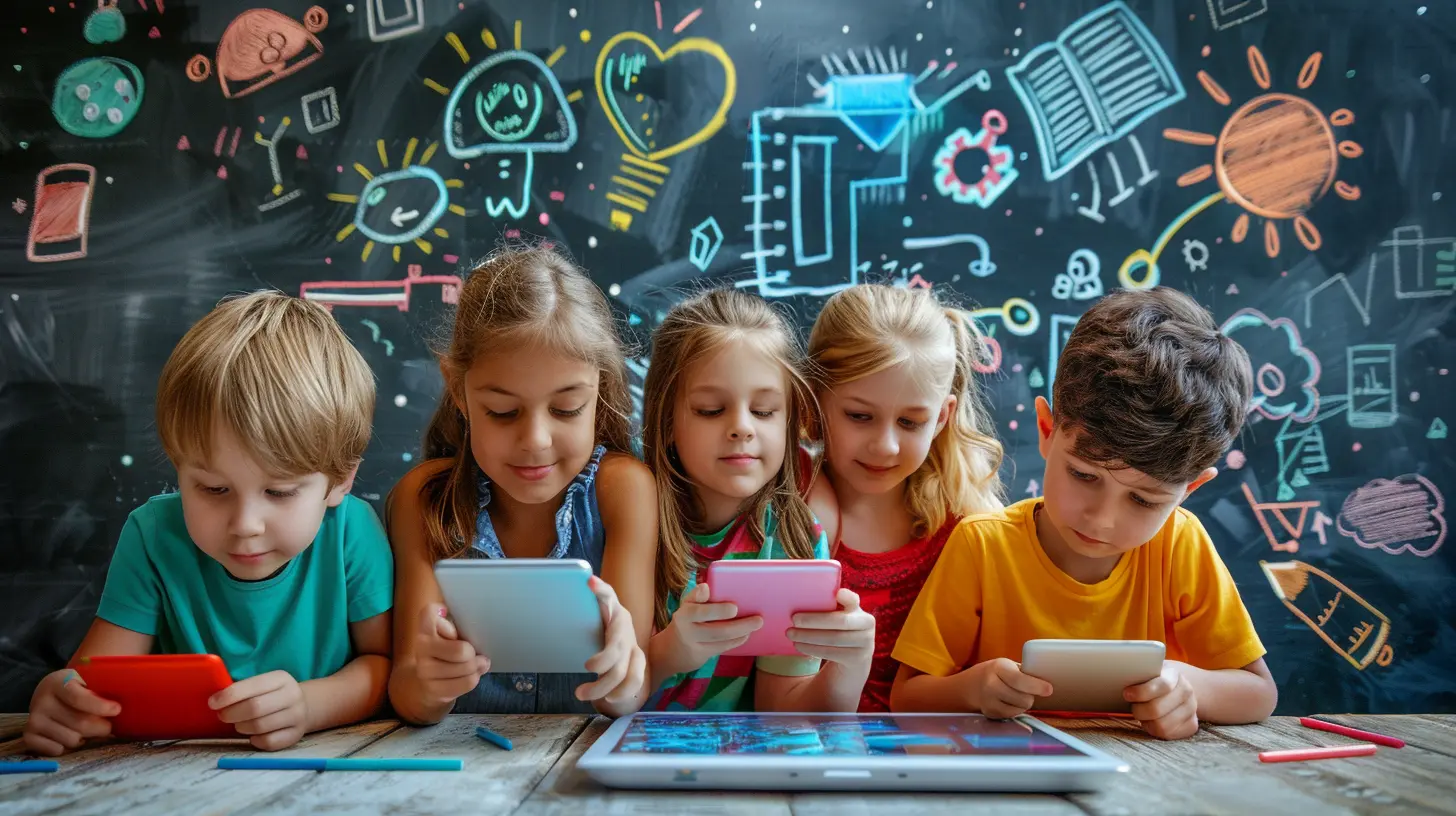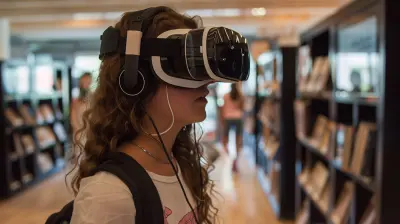11 April 2025
Technology is constantly evolving, and the classroom is no exception. With advancements in artificial intelligence, virtual reality, and interactive learning tools, educators must rethink how they design lesson plans. But how do you incorporate emerging technologies into your teaching without overwhelming yourself or your students?
In this guide, we'll break down the essentials of designing lesson plans that effectively integrate emerging technologies into the classroom. Whether you're a tech-savvy educator or just getting started, this article will provide actionable steps to make your lessons more engaging and future-ready. 
Why Should We Incorporate Emerging Technologies in Lesson Plans?
Before diving into lesson planning, let's talk about why it's important to integrate emerging technologies in the first place.1. Enhances student engagement – Interactive and tech-driven lessons make learning more exciting for students.
2. Prepares students for the future – Many modern jobs require tech proficiency, so early exposure gives students a competitive edge.
3. Encourages creativity and critical thinking – Technology fosters problem-solving and innovative thinking.
4. Personalizes learning – AI-driven tools can adapt content to individual student needs.
Ignoring technology in the classroom is like refusing to use calculators in a math class—it just doesn't make sense anymore. 
Key Considerations When Designing Tech-Integrated Lesson Plans
Using technology effectively in the classroom requires careful planning. Here are some fundamental aspects to consider:1. Define Clear Learning Objectives
Technology is a tool, not the lesson itself. Always start with your learning objectives. Ask yourself:- What skills or knowledge should students gain?
- How can technology enhance understanding rather than distract from it?
For example, if you're teaching a history lesson, using virtual reality to explore ancient civilizations can enhance student engagement. But if the focus is on critical thinking, a discussion-based approach with AI-assisted research tools might be more effective.
2. Choose the Right Technology for the Lesson
Not all technology suits every lesson. Select tools that align with your learning objectives and student needs.Some top emerging technologies in education include:
- Virtual Reality (VR) – Immerses students in historical events or science simulations.
- Artificial Intelligence (AI) – Chatbots and AI tutors can provide personalized assistance.
- Gamification Tools – Platforms like Kahoot! and Quizizz make learning feel like a game.
- Augmented Reality (AR) – Enhances visual learning with interactive 3D models.
- Coding & Robotics – Helps develop problem-solving and computational thinking skills.
Ask yourself: "Will this technology enhance learning, or is it being used just for the sake of it?" 
Step-by-Step Guide to Designing a Tech-Integrated Lesson Plan
Now that we have the foundations, let’s design a lesson plan that effectively incorporates emerging technologies.Step 1: Identify the Objective
What do you want students to learn? Keep the focus on the content, not the technology itself.Example: In a biology class, if the objective is to understand human anatomy, using AR apps like BioDigital Human can give students interactive 3D models of the human body.
Step 2: Select the Right Technology
Pick a tool that enhances learning without creating unnecessary distractions.Example: If your students are struggling with physics concepts, using a VR-based physics simulator can help them visualize complex theories in action.
Step 3: Plan Interactive Activities
Instead of just lecturing and showing slides, encourage students to use the technology actively.- For history: Let students "walk around" ancient Rome using a VR tour.
- For literature: Use an AI-powered chatbot that mimics Shakespeare’s writing style.
- For math: Integrate gamification with apps like Prodigy or Desmos to make problem-solving more exciting.
Remember, the goal is hands-on learning—not passive observation.
Step 4: Facilitate Collaboration & Discussions
Technology should not replace human interaction—it should enhance it.- Encourage group projects where students work together using tech tools.
- Use discussion boards, polls, or AI-powered debate platforms to spark classroom conversations.
- Assign peer reviews through Google Classroom or Microsoft Teams for digital feedback.
Even in a tech-driven classroom, communication and teamwork remain essential.
Step 5: Incorporate Assessments & Feedback
How do you know if students are actually learning? Use technology to track progress and provide instant feedback.- Gamified quizzes – Platforms like Kahoot! make assessments fun while tracking progress.
- AI-based tutoring systems – These provide real-time insights into student performance.
- Digital portfolios – Students can document their learning journeys using tools like Seesaw.
Assessments should be interactive and dynamic—not just another boring multiple-choice test.
Step 6: Reflect & Improve
After the lesson, gather student feedback. Ask:- What worked well?
- Were there any technical difficulties?
- Did the technology genuinely enhance learning?
No plan is perfect the first time. Keep tweaking and improving as you go! 
Common Challenges & How to Overcome Them
Technology in the classroom sounds great, but it's not always smooth sailing. Here’s how to tackle common challenges:1. Limited Access to Technology
Not every school has the latest tools. If access is an issue:- Use free or low-cost alternatives (e.g., Google Expeditions for virtual field trips).
- Implement bring-your-own-device (BYOD) policies if possible.
- Leverage school-wide grants or community tech donations.
2. Overwhelming Learning Curves for Teachers
Not all educators are tech experts, and that’s okay! Solutions:- Start small—integrate one new tool at a time.
- Take online courses or attend technology training workshops.
- Collaborate with other teachers for guidance and ideas.
3. Student Distractions
Technology can be engaging, but also distracting. To keep students focused:- Set clear guidelines on when and how to use technology.
- Use apps that limit distractions, like Guided Access on iPads.
- Monitor engagement and intervene if necessary.
Final Thoughts
Integrating emerging technologies into lesson plans doesn’t have to be daunting. By setting clear objectives, choosing the right tools, and implementing engaging activities, you can create a learning environment that is dynamic, interactive, and future-ready.Technology should empower students, not replace traditional teaching methods. The key is balance—using tech as an enhancement rather than a crutch. So, are you ready to bring the future into your classroom? Start designing your tech-integrated lesson plans today!








Bellamy Ford
Thank you for this insightful article! Your practical tips on integrating emerging technologies into lesson plans are incredibly valuable. I look forward to applying these strategies to enhance student engagement and learning experiences in my classroom.
November 11, 2025 at 4:25 AM